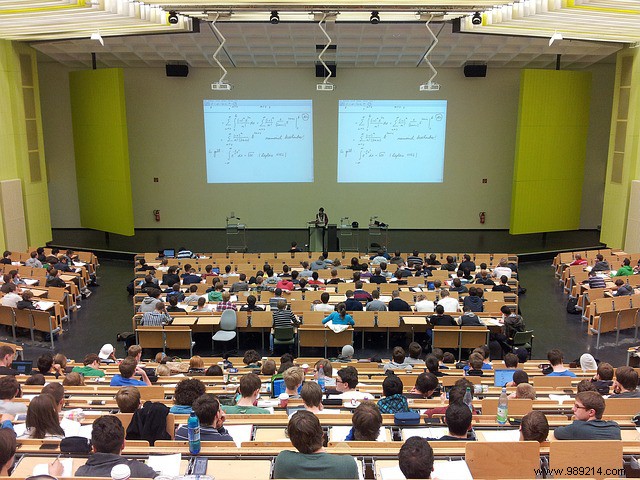
Medicine has always been a dream profession. Nevertheless, to practice this profession, long and tedious studies are mandatory. Here is the curriculum and training needed to become a doctor.
Currently in second grade, is your child seriously considering studying medicine? As soon as he goes to first, the student will have to move towards the S sector. Indeed, even though the ST2S and ES baccalaureate holders can opt for this course, it is especially those who have passed a Bac S who are the most willing, but above all the best prepared for the "first year common to health studies" or PACES.
Indeed, the scientific subjects taught in terminale S which are chemistry, biology and physics are part of the basic programs of the PACES. Ending later with a competition, this first university year is particularly dreaded by young graduates insofar as places are very limited. The proof, only fifteen percent of the candidates would be received. Only the best therefore have the possibility of validating their ticket for the second year. What's more, only one repetition is allowed.
This is why, to give themselves every chance of passing the PACES, more and more people are preparing for it from the final year. Moreover, many high school students who have opted for these courses have obtained their Baccalaureate with honors. Enrolling in these courses is therefore strongly recommended for students in ES and ST2S. Indeed, an upgrade and a deepening of scientific subjects are essential. The transition between high school and medical school is then easier.
After the first common year, the road is still long since the state diploma of doctor of medicine will only be obtained after, at least, eight other years of laborious studies. The course itself is made up of three cycles. With the PACES, the second and third year of medicine constitute the first cycle. They will consist of internships in hospitals but also theoretical lessons and tutorials in anatomy, histology, biochemistry, or even microbiology.

Now concerning the second cycle, commonly also called externship, this course will last three years (4th, 5th and 6th year) and will include different subjects organized by thematic modules around pathologies, prevention and therapies. Theoretical courses will be increasingly supplemented by observation and on-call internships in hospitals, but this time paid, in order to develop clinical practice. Paediatrics, neurology, geriatrics… This second cycle ends with obtaining the DFASM (diploma of advanced training in medical sciences). It also allows future doctors to discover the different medical branches, and to prepare for the ECN (national classifying tests), prior to entry into boarding school.
It is advisable to be well ranked in the ECN (national ranking tests) since the best have the choice of their medical specialty and the place of exercise, which is less and less applicable the further down in the ranking you go.
The internship lasts from 3 to 5 years (depending on whether it is general medicine or a specialization), including semester internships and theoretical lessons, leading to the presentation of a research thesis. The state diploma of doctor of medicine allowing you to "lay your plate" is issued after validation of the internships, obtaining the DES (diploma of specialized studies) of the chosen discipline and support of the thesis.